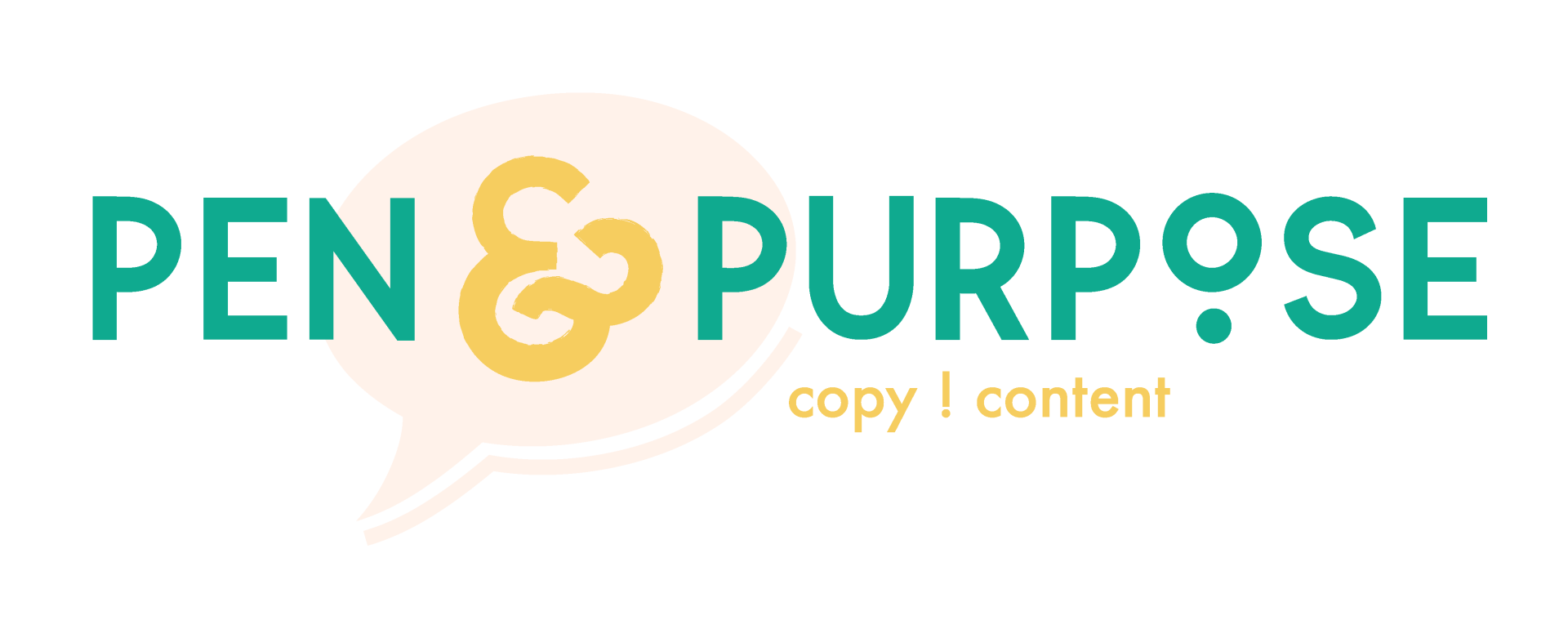What Movie Lines Teach Us About Messaging
“I’ll have what she’s having.”
“You can’t handle the truth.”
“Here’s looking at you, kid.”
“May the force be with you.”
“Nobody puts Baby in the corner.”
I bet when you hear those lines, you immediately know the movie — unless you’re too young, in which case you probably have a whole arsenal of great movie lines I’ve never heard. Movie lines with punch become instantly recognizable and oh so quotable.
There’s nothing like dropping in a good movie line at the perfect time in a conversation to get your audience to perk up in recognition, right? A memorable, smart line of dialogue is often at a climactic moment in a scene, in which the audience is already very engaged. The scenery, the music, the camera angles all contribute to making that movie line memorable.
Notice what the movie lines above have in common?
They’re short — less than 10 words. I bet some of your favorites are around the same length.
In both verbal and written communication, varied length and sentence structure are ideal for engaging your audience. For your important points, short sentences are best.
Short sentences pack a punch. Screenwriters use them to anchor a scene, transition to the next idea, and get a reaction from the audience. We remember and repeat them.
Notice anything else about the lines above?
Each has one of the following elements:
- “You” as the subject or object pronoun
- Alliteration
- Parallelism
- Active voice
Word choice and sentence structure aid in making sentences impactful and easy to remember.
“ All right, all right, all right.” What do movie lines have to do with messaging?
If you’re using storytelling to present your brand (and you should), you want your key messages to be your memorable movie lines.
Write your key messages to:
- Be Short – less than 15 words.
- Vary in sentence structure
- Speak directly to your audience – use “you” in at least one of your messages.
For example, my key messages are:
- Words win customers.
- Your story sets you apart.
- Serving your clients with content builds trust in your brand.
Like the movie lines above, I use alliteration, second-person pronouns, short sentences, and active voice to make my key messages memorable.
My website, blog, and social media content reiterate these key messages. I offer stories, proof points, and context for each message.
Keeping your key messages as the central focus of all of your content creation will eliminate confusion and help you control the perception of your brand.
You can restate your key messages depending on the context and purpose of your content. On my website, I want my visitors to feel like I’m talking directly to them about their business. The first words on my homepage: Win Clients With Words.
My key message in the command form speaks to them directly and communicates that I have an actionable solution to their problem.
When I’m creating content, I look for places to use key messages to summarize, introduce, or demonstrate the main point. For example, an email intro to my customers might look like:
Hi,
How’s your September going?
I have a little confession. I’ve been struggling with comparison lately. With social media, it’s so hard not to, right?
I have to remind myself (and I’ll remind you while I’m at it):
No one does what you do the same way you do it. Your story sets you apart. I have clients tell me all the time that they contacted me because they felt connected or like I understood them. I love that! Customers choose you not because you’re the best, but because you’re the best FOR THEM! It’s your job to tell them why. Here’s how…
Lacing key messages into your content, like those short, punchy movie lines we love to quote, will help customers remember your message and understand your brand.
When you know what value your brand offers and how to best communicate it, writing to your customers becomes fun!
If there’s one takeaway from this post – other than I’m a movie-line nerd – it’s this:
Words win customers. Just like in the movies, images, talent, scenery, music, and design might impress ‘em, but words win ‘em… and stick with them. Your key messages should be just like memorable movie lines: short, repeatable, and all about your customer!
The post What Movie Lines Teach Us About Messaging appeared first on Pen & Purpose.
Pen & Purpose

BE my penpal
Get free tips monthly straight to your inbox!




